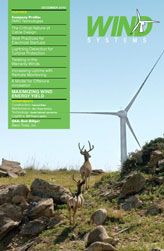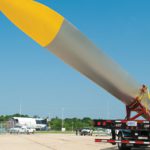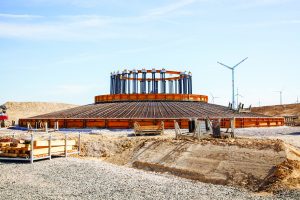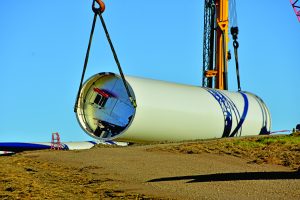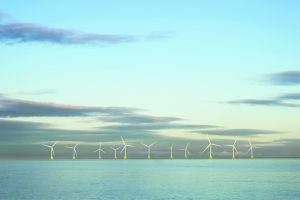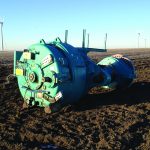Auger cast piles (augered or displacement)—also known as augered piles, augered cast in place (ACIP) piles, or continuous flight auger (CFA) piles—are a cost-effective deep foundation system that can be tailored to most soil, groundwater, and loading conditions.
The piles are normally installed using a crane with free-hanging leads, but can also be installed using low-headroom equipment for retrofitting existing structures. The augered piles are constructed by drilling to the required depth in one continuous process utilizing a hollow-stem, continuous-flight auger. Once the auger has reached the required depth, a high-strength sand/cement grout is pumped through the auger to the base of the auger in order to establish a pressure head of grout. After the pressure head of grout is established the auger is continuously withdrawn as the grout is pumped, ensuring the stability of the hole by maintaining the required pressure head of grout. Following the completion of the grouting and the withdrawal of the auger, the reinforcing steel is immediately placed into the fluid grout. The reinforcing steel consists of reinforcing bars or high-strength reinforcing bars (60 ksi, 75 ksi, or 150 ksi) installed either as single bars or tied in a cage that can be installed the full length of the pile, or in only the upper portion of the pile.
Augered piles are typically installed around the perimeter of tower foundations and are incorporated into a concrete pile cap. The piles are installed in diameters ranging from 12 inches to 36 inches and depths of up to 155 feet. Compressive capacities vary from 50 tons for smaller diameter piles to over 1,200 tons for the larger diameter piles with tension capacities typically 50-75 percent of the compression capacity. The larger diameter piles are generally used when it is necessary to resist high lateral load applications. Since augered piles develop a significant portion of their capacity through friction, they are able to develop a high-tension capacity as well as a high compression capacity, which makes them ideal for tower applications.

Augered piles offer several advantages over driven piles. Since the piles are cast in place, there are no splices required, minimal noise and vibrations during installation, and they can be installed to the exact depth without protruding pile butts. Due to an increase in the interaction between the piles and the surrounding soils, the augered piles also offer the advantage of increased capacities over comparable driven piles. Depending on the subsurface conditions, the augered piles can be more cost-effective and quicker to install than drilled shafts of similar capacity since augered piles are installed in a single continuous process versus the multiple passes required with the drilled shaft installation.
The design of the piles is performed by a qualified geotechnical engineer or design-build team and is verified by performing full-scale compression, tension, and/or lateral load testing. The pile installation is monitored by a full-time inspector who verifies that the piles are installed to the design depth and that the proper grout volume for each pile is used. Samples of the grout are also tested to verify that it achieves the required unconfined compressive strength.
Recent advances in automated measuring equipment allow for the reliable monitoring of pile installation real-time. Sensors installed on the drill rig monitors depth, grout volumes, pump pressure, hydraulic pressure, and other important parameters. These sensors can be monitored by the operator and inspectors on site, and also remotely through connection to a designated FTP site. This monitoring equipment can help identify any issues during the pile installation process.
Augered piles have been used successfully on many types of structures including high-rise buildings, nuclear power plants, solar power plants, and refineries. Due to their ability to economically develop high compression and tension capacities they are ideally suited for use on wind tower applications.
















